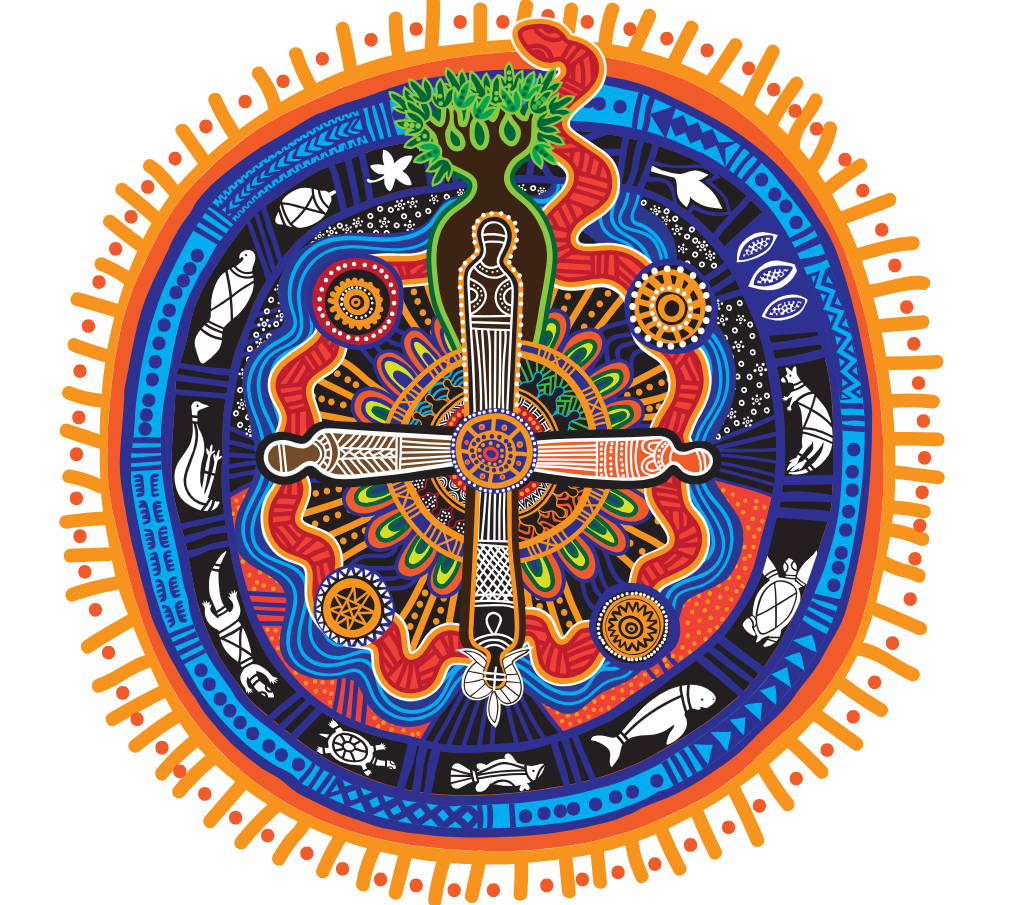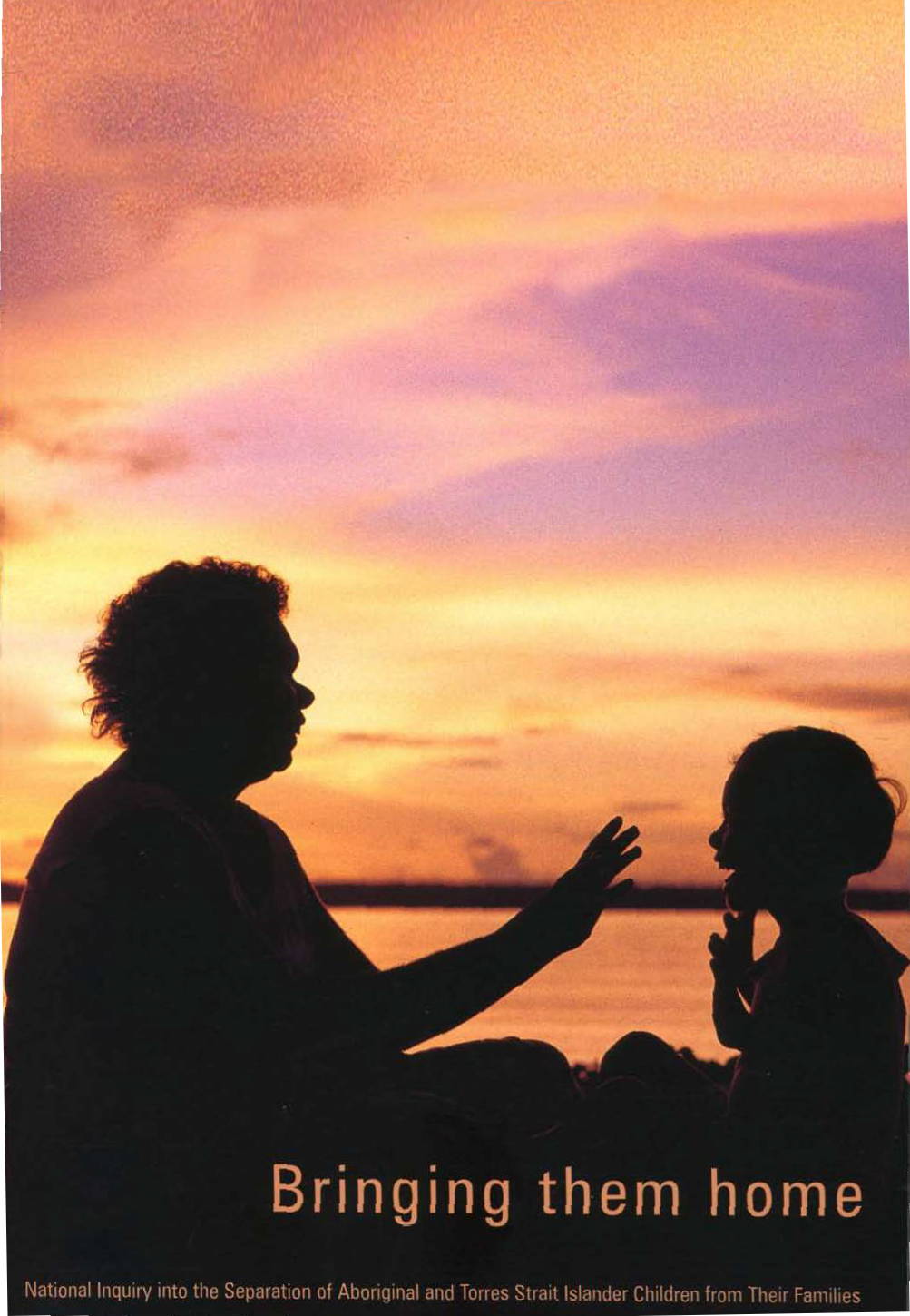What is the Bringing Them Home Report?
Today marks the 27th anniversary of the publication of the Bringing Them Home Report – a 689 page report detailing the traumas of First Nations people who were forcibly removed from their homelands and families as part of the Stolen Generation.
The report was created by what was then known as the Australian Human Rights and Equal Opportunity Commission, now the Australian Human Rights Commission. The report stands as a testament to the resilience of First Nations peoples and was a call for all Australians to understand the country's dark past. It was tabled to the Australian Parliament in May 1997, providing our nation’s leaders at the time the opportunity to understand the trauma inflicted by previous generations of leaders.
What’s in the report?
For much of the 20th century, Australian government authorities implemented policies aimed at assimilating Indigenous peoples into mainstream society. Central to this agenda was the forcible removal of Indigenous children from their families, with the idea of providing them with what was then thought by government officials to be a "better" upbringing within white society. The children were often placed in institutions or foster care, stripped of their cultural identity, language, and connection to their heritage.
Now, those children are now community Elders, and for the rest of their lives they have had to deal with the trauma of their childhood. The horrific acts that they were subject to significantly contributed to intergenerational trauma within First Nations families and communities, along with the Frontier Wars and racism that has sadly been entrenched in the “culture” of Australia.
In creating the Bringing Them Home Report, a comprehensive inquiry was made into the experiences of the Stolen Generations and their lasting impacts. It painstakingly documents the stories of these Elders, revealing the profound trauma inflicted by forced removal. The report highlights the trauma of parents torn from their children, the trauma of children robbed of their roots, and the intergenerational scars that persist to this day.
However, further documenting these experiences, the report also called for the acknowledgment and apology of the Australian government for its role in the Stolen Generations, as well as the provision of reparations and support services for those affected.
This led to such events as the National Sorry Day and the National Apology to the Stolen Generations, which was delivered by previous Prime Minister Kevin Rudd on February 13, 2008.
So, what’s changed?
Unfortunately, not a lot. While there are no longer forced removals as brutal as this time period, First Nations children continue to be removed from their families and communities at record levels.
According to the Australian Productivity Commission, in 2023, Indigenous children aged 0–17 years old accounted for 43.7% of the total number of children in out-of-home care nationwide. This marked an increase of 3.7 percentage points since 2019. In contrast, Indigenous children comprised only 6% of the general population of children aged 0–17 years old in 2023.
In 2020, National Agreement on Closing the Gap states that by 2031 they hope to reduce the rate of overrepresentation of Aboriginal and Torres Strait Islander children (0–17 years old) in out‑of‑home care by 45%.
Sadly in the most recent data release, the statistics of First Nations children in out-of-home care has shown improvement, however it is not on track.
Love Our Blogs? Read More Articles Now!
Yarn Blog is here to bring you the latest and greatest in First Nations culture, news and shopping. You can find updates on all our best products as well as info about our fantastic collaborating artists right here. Click below to start reading more of our exciting posts!

